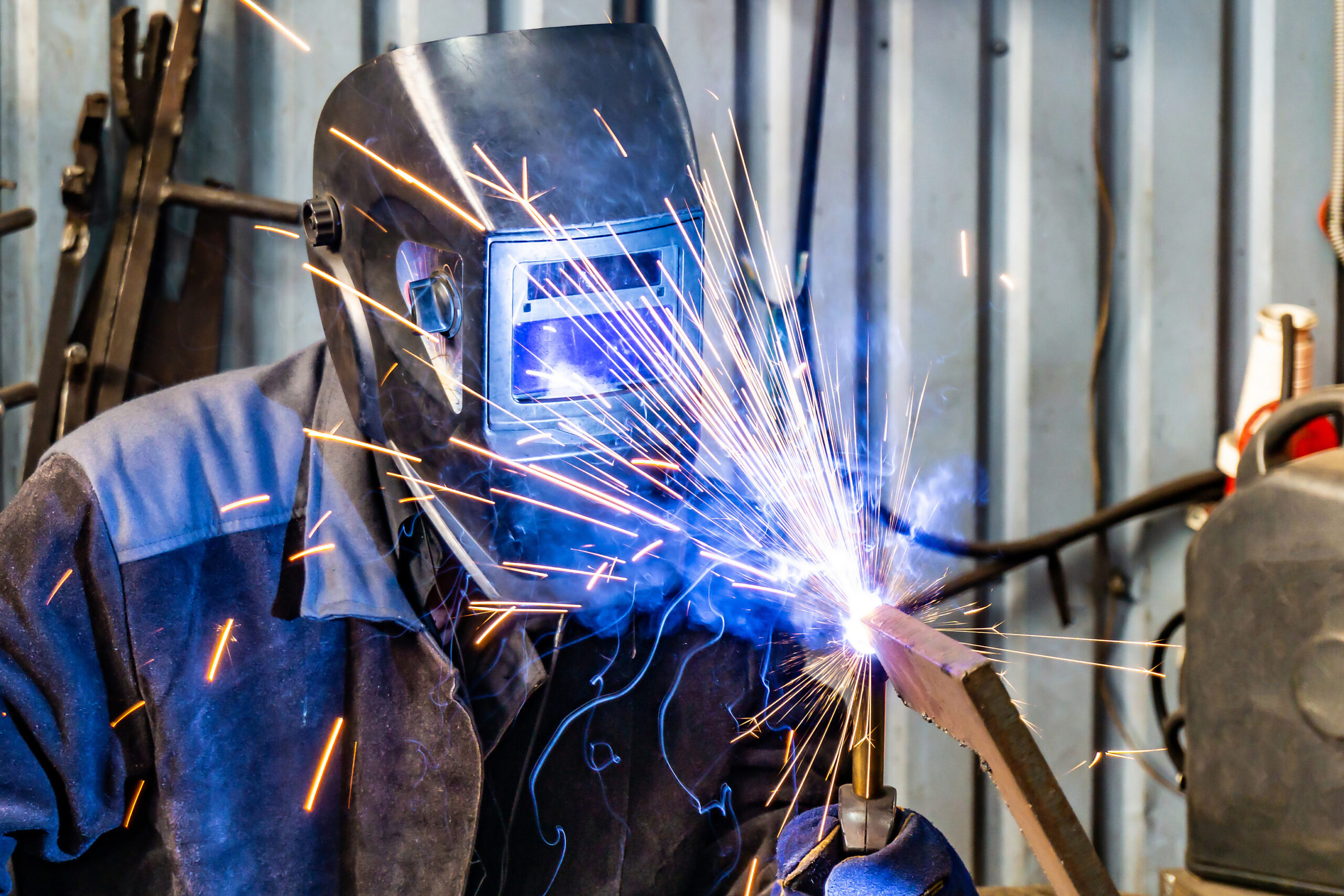Design & Developed by Themeseye

Modern machines run on accuracy. From aircraft to factory equipment, each part must fit and work without fault. Engineers consider design, material choice, and tight measurements at every step. At the core of this precision lies the strength of mechanical assemblies.
One slight mistake during assembly can cause significant delays or damage. As systems become increasingly complex, tackling these challenges requires smart planning and substantial expertise.
Mechanical assembly combines various components, including bolts, gears, shafts, and frames. These parts form a complete working system. Many systems also include sensors or wires. When mechanical parts work with electrical parts, they result in an electromechanical assembly.
This work needs special tools and a trained team. The process involves cutting, welding, fastening, and quality checking. Industries like medical, defence, and aerospace rely on this type of work. To meet high standards, manufacturers depend on proven electromechanical assembly solutions.
Also Read:
Overcoming the Top Five Challenges in Electromechanical Assembly
The Top Advanced Industries That Rely on Electromechanical Assemblies
How Do Mechanical Assemblies Actually Work?
Even simple assemblies face tough problems. Fixing them early improves speed, safety, and overall results.
Some parts must match the exact sizes. Even minor errors can cause gaps or friction. These issues may lead to failure or faster wear.
Solution:
Some assemblies mix materials. However, not all materials provide the same output. Different rates of heat expansion or rusting can cause damage.
Solution:
Mistakes in the steps can cause problems. Workers might fasten a part too early or skip a step. This leads to waste or broken systems.
Solution:
Heat, moisture, and dust affect how parts behave. They can cause swelling, shrinking, or rust. These changes affect how parts fit and move.
Solution:
Some systems include both mechanical and electrical parts. Vibration or signal loss can harm performance.
Solution:
Strong mechanical assemblies need careful design and expert knowledge. Choosing a reliable partner becomes crucial for a seamless and error-free process.
Promark Tool and Manufacturing serves as a leading provider of electromechanical assemblies across many sectors. Our team offers the highest level of precision while adhering to industry standards.
Contact Promark Tool and Manufacturing today to find reliable, high-performance electromechanical assembly solutions built to exceed expectations.